Optimal Timing for Surface Runoff Controls
Surface runoff controls are most effective when implemented during dry periods or before periods of heavy rainfall. Proper timing ensures that systems are in place to manage water flow effectively, reducing erosion and water pooling. Installing or maintaining runoff controls prior to rainy seasons maximizes their efficiency and longevity.
Surface runoff controls should be installed during dry weather to allow proper setup and adherence. This prevents delays caused by weather-related issues.
Routine inspections and maintenance are best scheduled during periods of low rainfall to identify issues without interference from water flow.
Implementing controls before the rainy season helps mitigate flooding and erosion risks during peak weather events.
Heavy rains can hinder installation and repair efforts, making dry periods more suitable for work.

Installing controls during dry weather ensures proper setup.
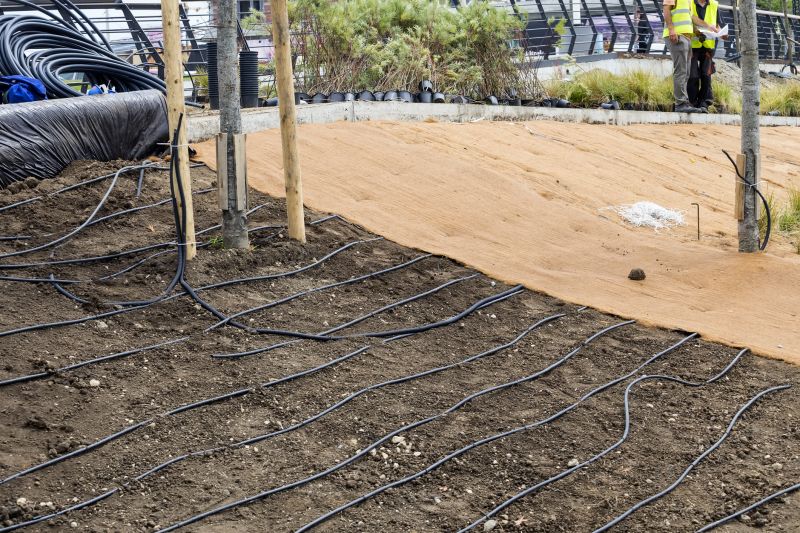
Routine inspections are most effective during dry periods.
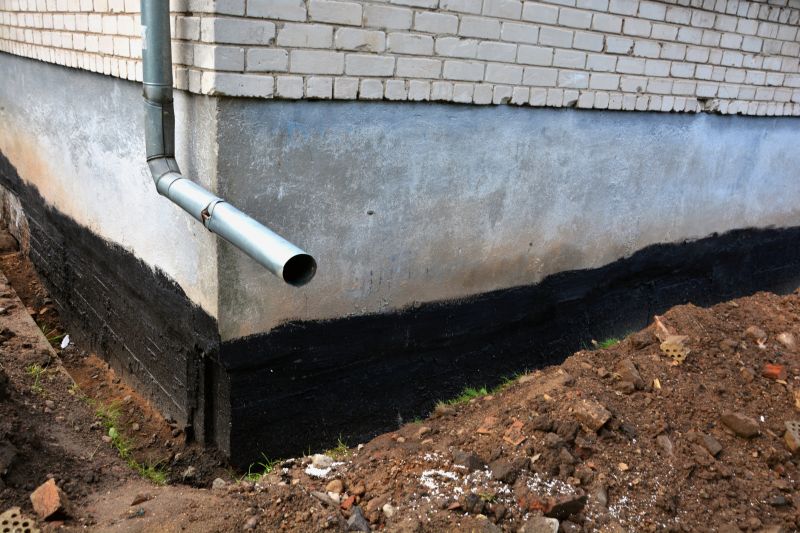
Preparing controls before heavy rainfall reduces flood risks.
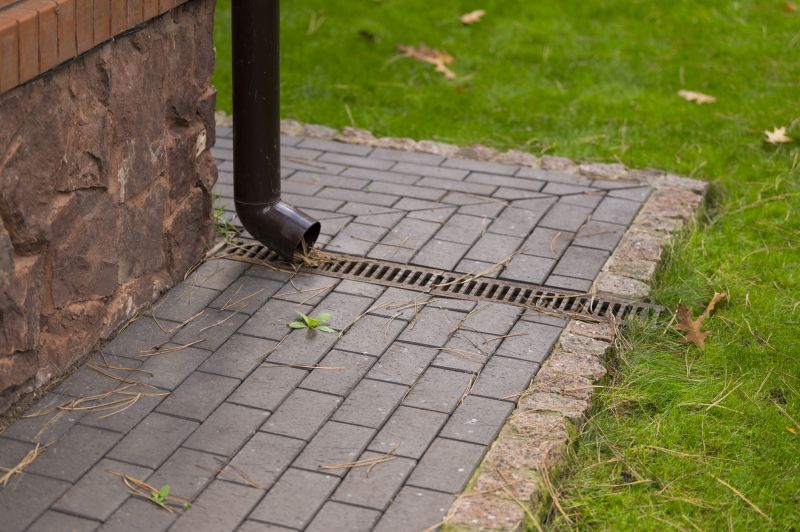
Ways to make Surface Runoff Controls work in tight or awkward layouts.
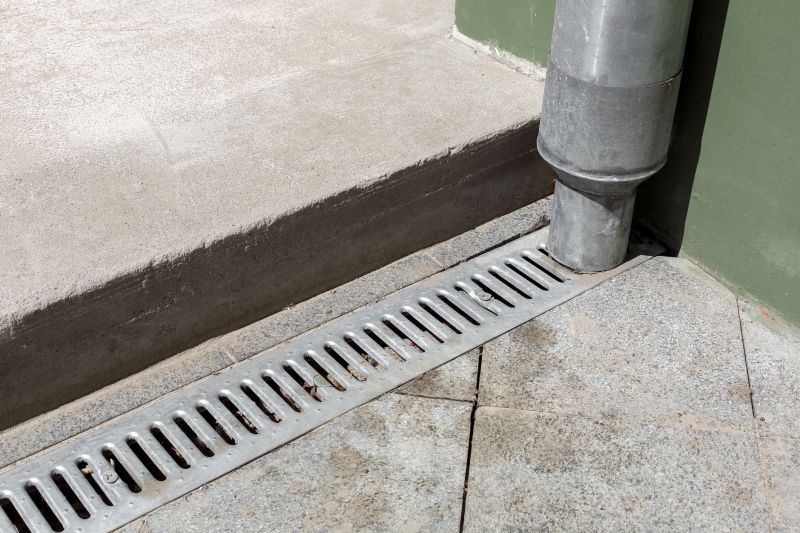
Popular materials for Surface Runoff Controls and why they hold up over time.
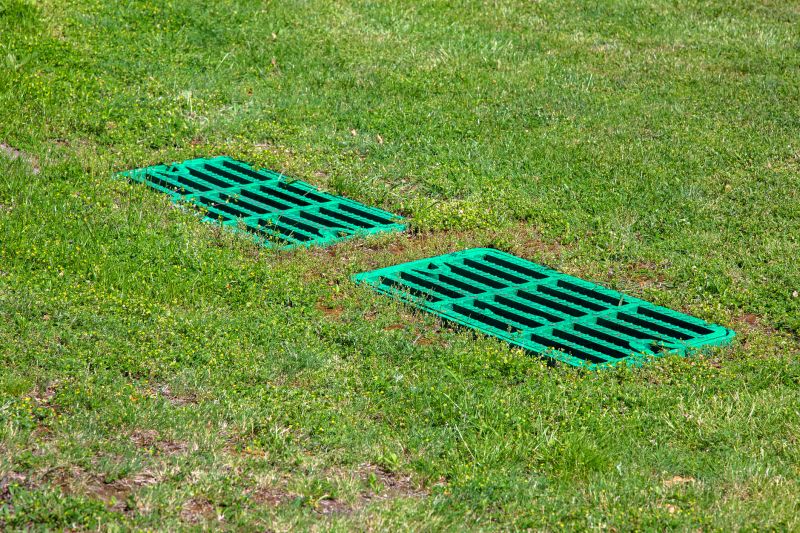
Simple add-ons that improve Surface Runoff Controls without blowing the budget.
| Timing Aspect | Recommendation |
|---|---|
| Installation | During dry weather |
| Maintenance | In low rainfall periods |
| Pre-season setup | Before rainy seasons |
| Repair work | When water flow is minimal |
| Inspection | During dry months |
Surface runoff controls are critical for managing water flow and preventing erosion, flooding, and water damage. They include systems such as diversion channels, retention basins, and permeable surfaces that help direct excess water away from vulnerable areas. Proper timing of installation and maintenance enhances their effectiveness, ensuring long-term performance. Statistics indicate that well-timed runoff controls can reduce surface water runoff by up to 70%, significantly decreasing erosion and property damage.
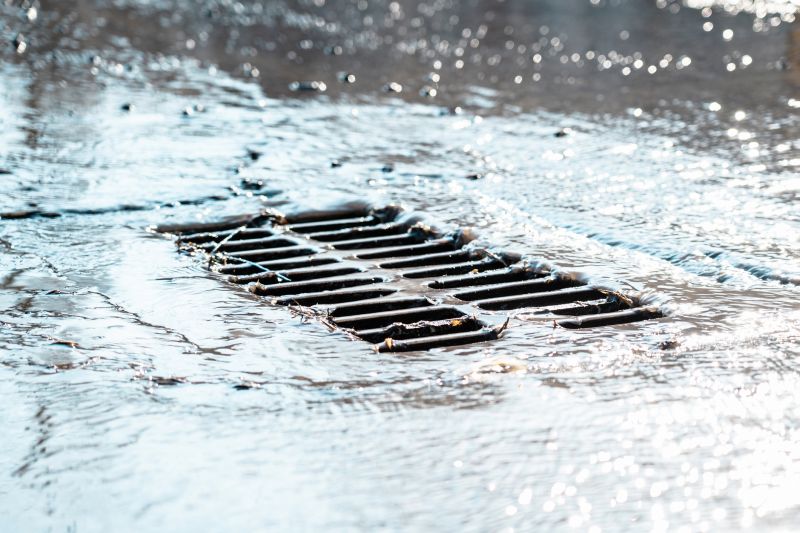
Effective control systems in place.

Installed before heavy rains.
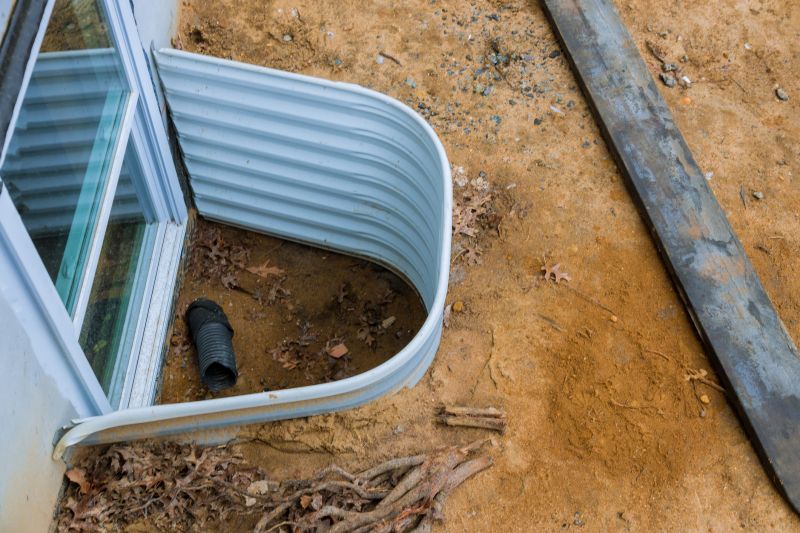
Properly timed for maximum efficiency.
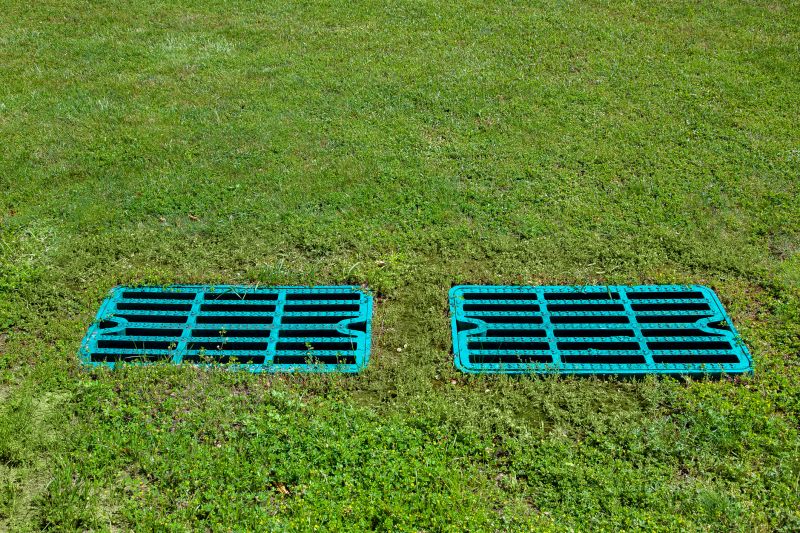
Designed for seasonal use.

High-end options that actually feel worth it for Surface Runoff Controls.

Finishes and colors that play nicely with Surface Runoff Controls.
Implementing surface runoff controls at the appropriate times enhances water management and reduces the risk of flooding and erosion. Proper planning and timing are essential components of effective surface runoff management strategies, ensuring systems operate optimally during peak weather events. Regular inspections and adjustments during dry seasons help maintain their effectiveness and extend their lifespan.

Designed for seasonal deployment.
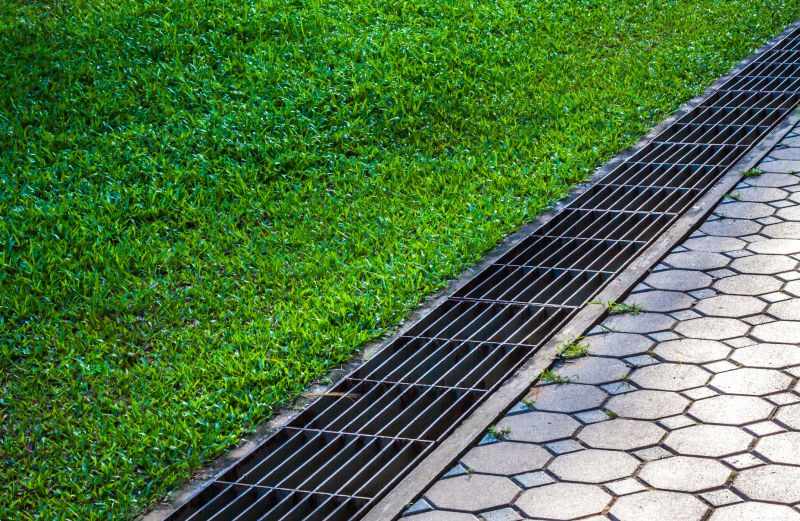
Best performed during dry periods.
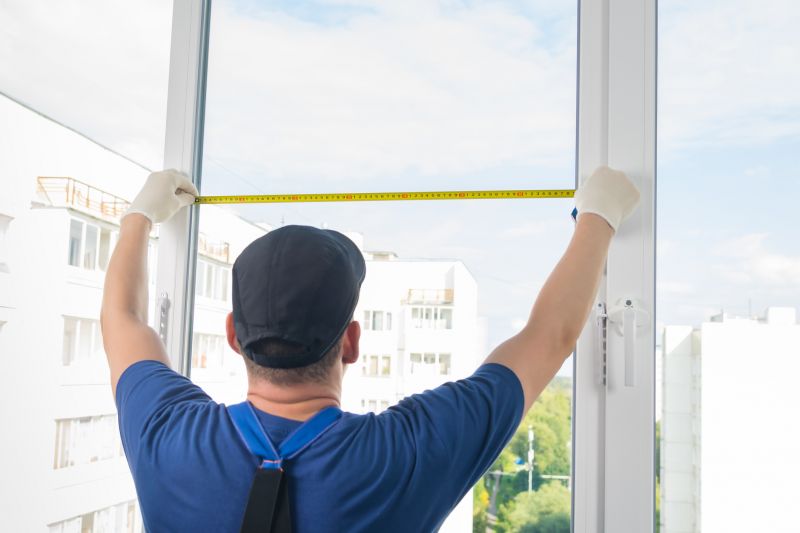
Little measurements that prevent headaches on Surface Runoff Controls day.
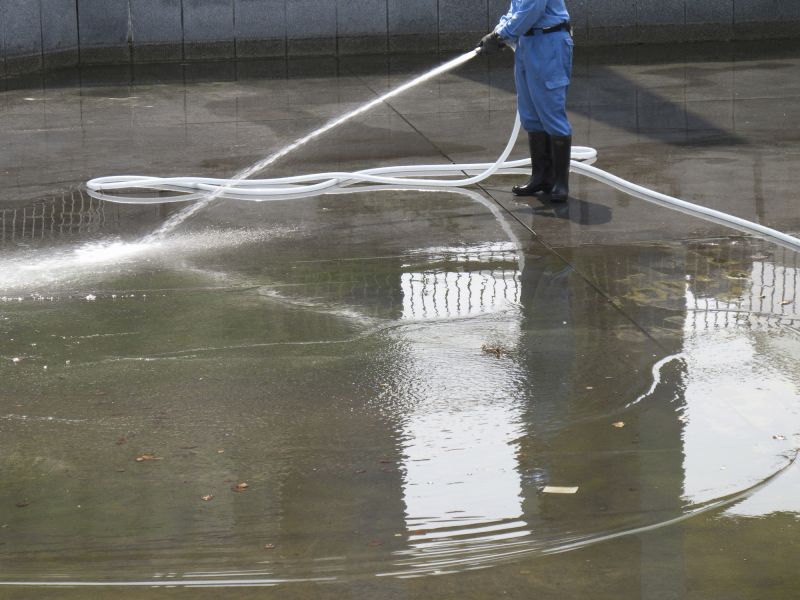
A 60-second routine that keeps Surface Runoff Controls looking new.
Interested in implementing surface runoff controls? Filling out the contact form can provide more information on suitable timing and effective strategies to manage water flow and protect properties from water-related issues.



